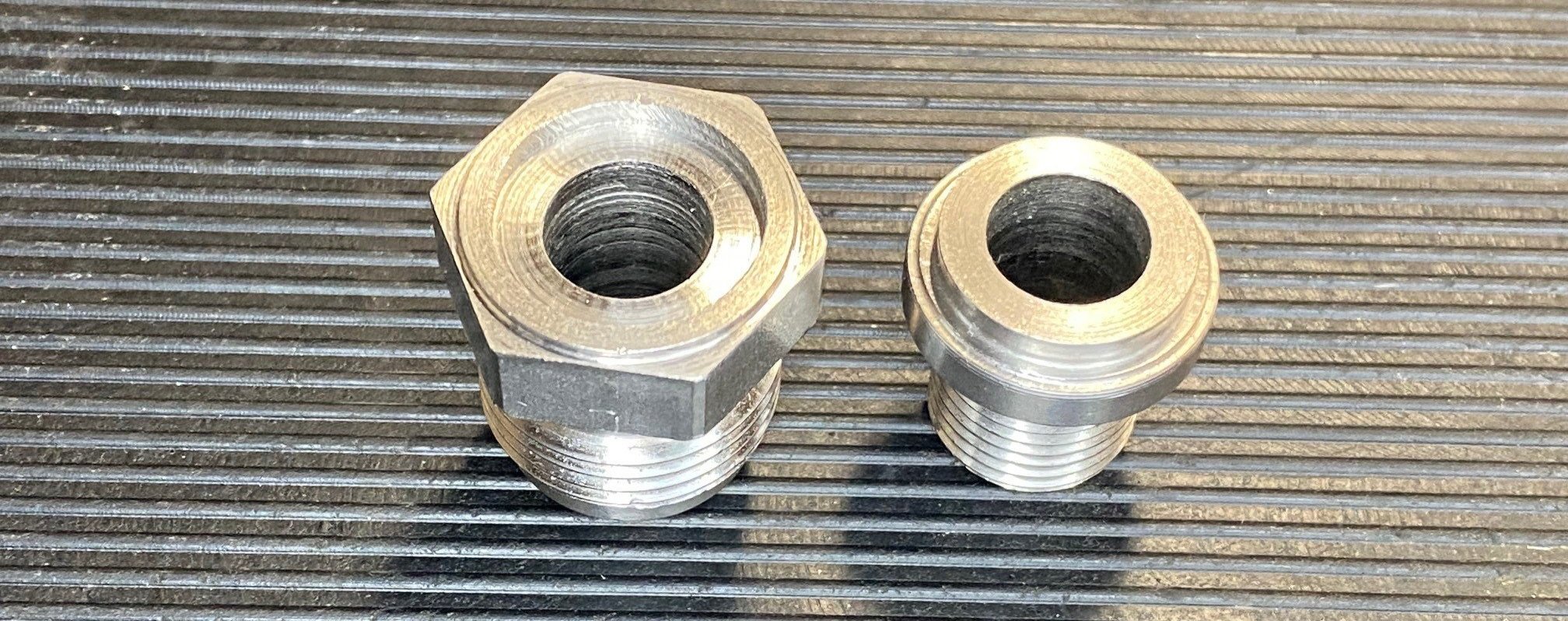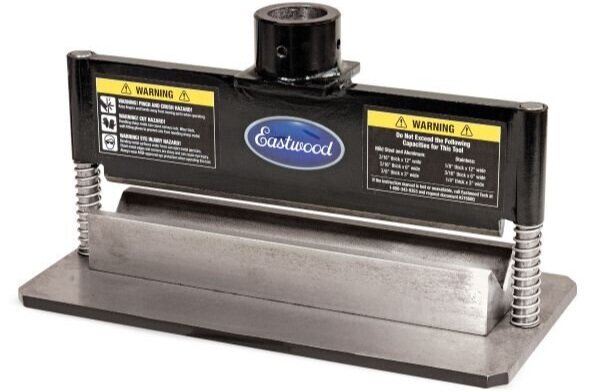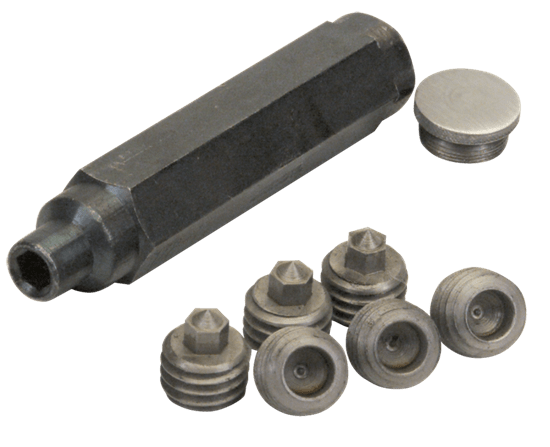I decided to make some significant mods to my “finished” fuel tank. Unfortunately, I had gone overboard covering it with Second Skin Damplifier Pro. Holy shit is that stuff is a nightmare to remove. Their guarantee to “stick until pigs fly” is pretty close to true. As their marketing states the butyl layer is “elastic with a high tensile strength and elongation” which makes it difficult to tear pieces off. It sticks to whatever you stuck it to and once the foil constraint layer has been removed, it sticks to everything it touches (tools, workbench, floor, itself, gloves, fingers, whatever). It grudgingly comes off in small goopy pieces and leaves behind smaller pieces that need to be scrubbed off with acetone and a Scotch-Brite pad.
While lamenting this situation Hill mentioned that he uses bags of dry ice to remove sound deadener. Damplifier Pro is rated to -75 °F and dry ice is -109.8 °F, so I decided to give it a try. My local ice distributor sells it in blocks, slices, pellets and high-density pellets. Since all of the surfaces on the fuel tanks are flat, I decided to go with slices because they would maximize the contact area. I laid a slice of dry ice on the tank and covered it with several shop rags to reduce the rate of sublimation. After a several minutes elapsed, I used a paint scraper to pry up the material. It was less sticky, easier to remove and there was less material left on the tank, but it was still a lot of work.
I then experimented with the duration of exposure to the dry ice which make a big difference. For example, I left a slice in one spot during lunch. With that long of a duration I found it difficult to pry the material up and as I pried it would begin to bend and then crack off… that’s what I call frozen. While it wasn’t nearly as easy to remove as I wanted no material was left on the tank.
When I achieved optimal duration, the slice would freeze to the material requiring a gentle pry with the paint scraper to remove. The containment foil just popped off. Using the paint scraper, I pried up a corner of the butyl far enough to grab it with my hands. I was then able to peel everything in one piece with my bare hands without leaving anything stuck to the tank. The material felt like normal rubber and wasn’t in the least sticky, at least until it warmed up.
In the picture below I had just placed a slice and two broken pieces of dry ice are on top of a large piece of Damplifer Pro. I had previously removed the containment foil (an unnecessary step) which makes it looks wet, but it’s completely dry. I pulled up the half covered by the slice, repeated the process on the other half and it came off in one piece. I’m not sure what the temperature was, but frost would develop on the bare aluminum around the material.



































































